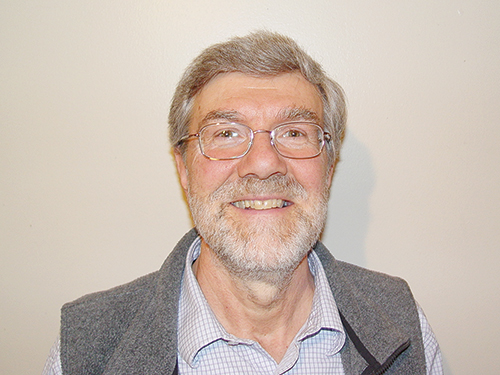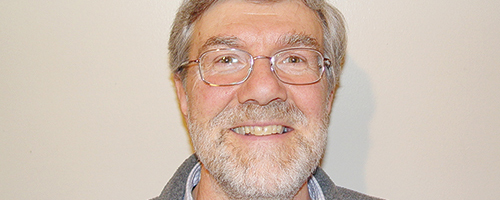Portland State’s Intellectual and Innovation Property department’s online innovation research rally ended Sunday. The purpose of the rally was to connect participants (and their projects and ideas) with innovators and research faculty who could then determine how to help. The IIP also gave out three cash awards ranging from $5,000–20,000 as funding for development and research to encourage innovators and researchers to share their ideas. Winners will be chosen in the beginning of September.
PSU rally encourages innovation

Portland State’s Intellectual and Innovation Property department’s online innovation research rally ended Sunday.
The purpose of the rally was to connect participants (and their projects and ideas) with innovators and research faculty who could then determine how to help. The IIP also gave out three cash awards ranging from $5,000–20,000 as funding for development and research to encourage innovators and researchers to share their ideas. Winners will be chosen in the beginning of September.
“Our doors, phones and inboxes are always open to PSU innovators and research faculty. We love hearing about their projects and seeing their projects succeed,” IIP Communications Coordinator Shaun McGillis said.
Among the participants were PSU chemistry professor Carl Wamser and chemistry graduate student Anna Brown, who each shared their innovative projects designed to contribute to the field of medicine.
Wamser’s project involves elastin, a body tissue protein. His project aims to coat stents, which are props designed to keep arteries open for people who suffer from artery and vein difficulties. Wamser’s goal is to make the stents biocompatible and able to fit naturally inside arteries.
“The problem with putting a metal stent inside an artery is that it’s often recognized as a foreign body. Then it starts getting coated with stuff to cover it up,” Wamser said.
To avoid these difficulties, Wamser coated the stents with elastin, used because of its flexibility. Wamser and Bryan Kim, a former student of Wamser’s, then designed a polymer film to support the stents.
Wamser spent between two and three years working on this project with Kim and Dr. Kenton Gregory of the Oregon Medical Laser Center. They received funding from the Oregon Biomedical Engineering Institute.
Wamser feels that including the project in the innovation rally benefits outreach.
“It’s a good example of what can be done when you collaborate with other research institutes around Portland,” Wamser said.
Brown’s project involves designing a nontoxic material that will allow any medical device to appear in X-ray imaging. She works through her independent company, Hawthorne Materials Corp., alongside PSU chemistry professor Dr. Andrea Goforth and two former PSU business majors, Russ Watt and Matt Dixon.
For her project, Brown is experimenting with an alternative to lead aprons. Brown’s alternative to lead is bismuth, which, despite being heavier than lead, is nontoxic.
Brown has been working with bismuth over the last few years for her graduate project. Her company, Hawthorne Materials, helps support the marketing for the research.
However, the most difficult aspect of Brown’s subject is pitching it to scientists and investors. She feels that people have trouble visualizing the project, which is why she feels the innovation rally will help spread the word.
“You have to have a good pitch, but you also have to stay motivated. I believe in my research very strongly, but it’s difficult to find the right way to talk about it and convince other people that this is a truly revolutionary idea…The innovation rally is a good way to work on that communication,” Brown said.






